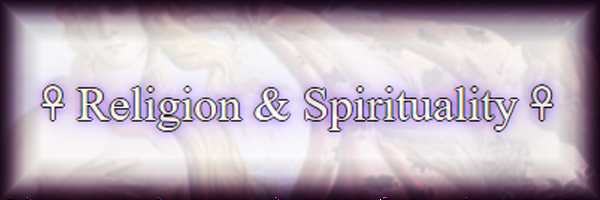The Chinese Phonebook
By Mark Fleharty
Creationist Claim: Mutation cannot bring about new types of organisms, no matter how many times you rearrange English letters and numbers, you will never get a Chinese book!
While it is certainly true that an English book cannot be rearranged into a Chinese book, it is not an appropriate analogy for the evolution of one species into another. The reason is simple, all animal and plant life shares a common language, this language is written using DNA. The use of a common language among all living organisms allows them to evolve over generations into quite different organisms.
The language of DNA is written in 4 different bases called nucleotides. These 4 nucleotides form the instruction set in all known plants and animals including humans.


Left: Cabbage.
(Brassica oleracea)
Right: Turnips.
(Brassica campestris)
At first glance these plants appear to be quite different however, they are strikingly similar in their DNA. Many genes shared in these two plants are 100% identical. While the genes are often identical, the order in which they are found in the plants genome differs dramatically [1]. This is due to a type of shuffling of the genes called recombination. Recombination happens in most plants and animals during replication. It is important to note that in order to convert from cabbage to turnip the only types of mutations required are of the same type that we observe happening both in the lab and in nature. Keep in mind, cabbage did not turn into turnips rather cabbage and turnips share a common ancestor.
The difference in gene sequence and gene arrangement is much greater between mice and humans than it is for cabbage and turnips. This is expected since humans and mice do not belong to the same genus while cabbage and turnips do. Despite the differences between mice and humans it is shocking how similar the mouse and human genomes are to one another.

House mouse (Mus musculus) .
References
Sridhar Hannenhalli, and Pavel Pevzner,Transforming Cabbage into Turnip: Polynomial algorithm for sorting signed permutations by reversals.

